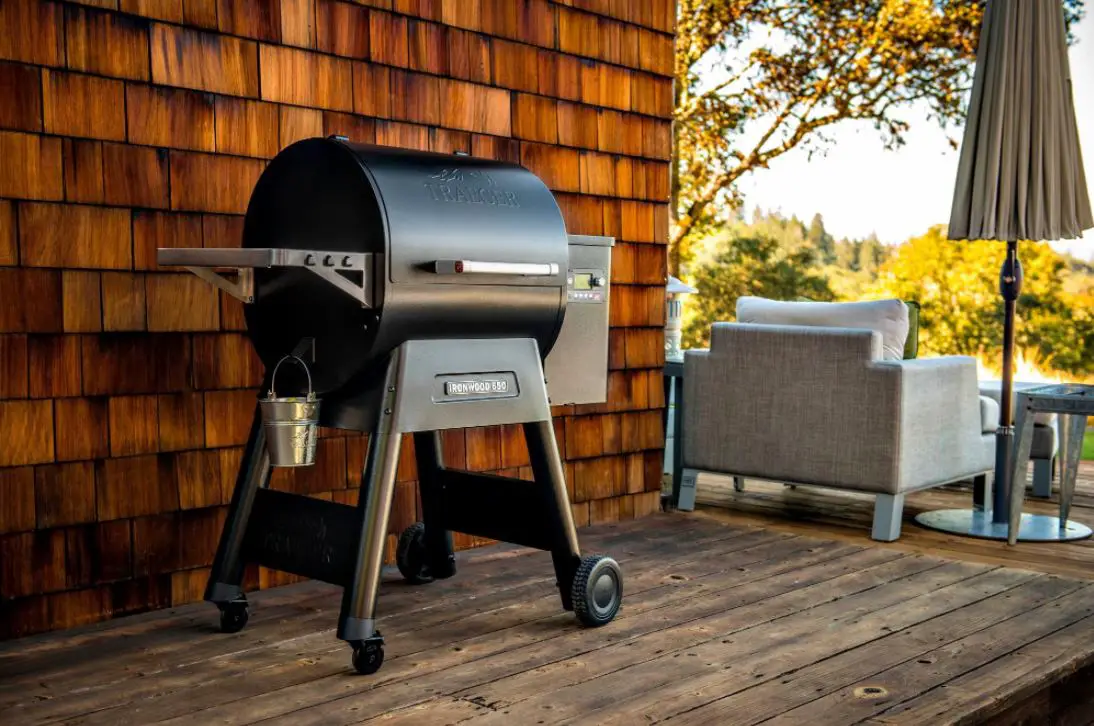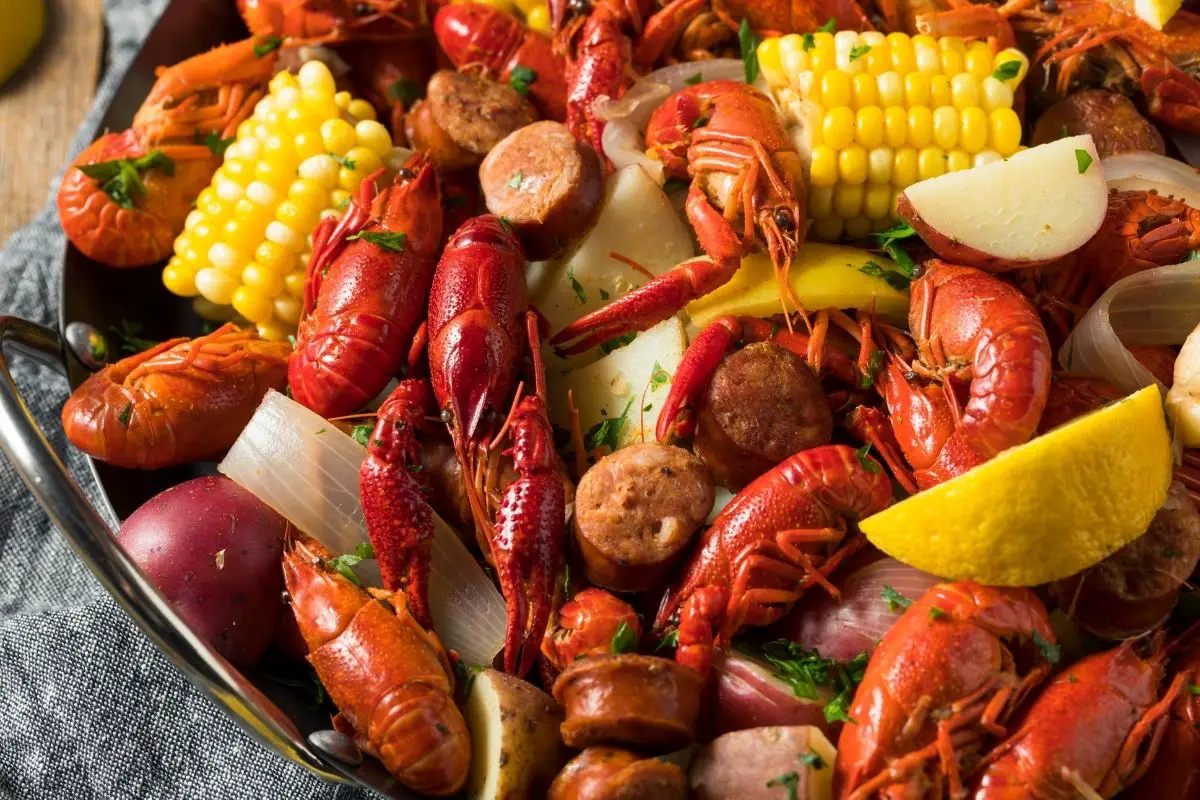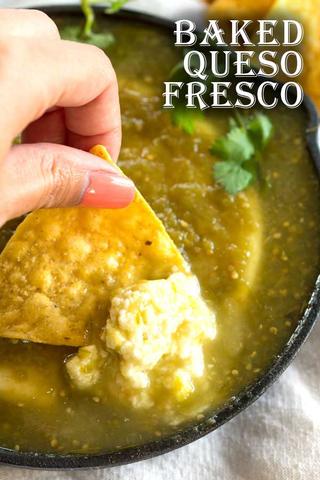
“Discover the irresistible allure of melting queso fresco – a heavenly journey through the delectable world of this creamy Mexican cheese. Indulge your taste buds with its rich, velvety texture and delicate flavors as it transforms into a luscious masterpiece when melted. Explore the endless possibilities and tantalize your senses with this culinary delight that will leave you craving for more.”
Does Queso Fresco Melt and Should You Do It?
Queso fresco is a fresh cheese that can be melted, but the melting process is different from other cheeses. While it doesn’t become creamy and smooth like Monterey Jack or American cheese, melting queso fresco can still be a great option in certain recipes. Its mild flavor allows it to blend well with other ingredients without overpowering them. However, it’s important to note that queso fresco will not melt on its own and may become clumpy or stringy if heated alone.

There are two main ways to melt queso fresco for a smoother texture. The stove method involves heating the cheese in a pan while whisking it continuously. Adding evaporated milk helps create a cohesive mixture, and additional milk can be added for a thinner consistency. The microwave method requires shredding the queso fresco and microwaving it in intervals while stirring in between. This method also allows for adjustments in consistency by adding milk if needed.
Although queso fresco can be melted, its unique texture and flavor make it a versatile ingredient that can be enjoyed crumbled on top of food or melted into various dishes. It’s important to remember that melting queso fresco may not result in the same creamy end-product as other cheeses, but it can still add delicious flavor to recipes such as quesadillas, dips, enchiladas, and more.
What is Queso Fresco Cheese Used For?
Queso fresco cheese is a versatile ingredient that can be used in a variety of dishes and cuisines. Its crumbly texture and sweet subtle milky flavor make it a popular choice in Mexican cuisine. One common use for queso fresco is to crumble it on top of tacos, salads, or pizza for added flavor and texture. It can also be melted and mixed into recipes, such as cheese dips, enchiladas, or sauces.
Another popular way to enjoy queso fresco is by shredding it and using it as part of a cheese blend inside quesadillas or grilled cheese sandwiches. The mild flavor of queso fresco allows it to complement other ingredients without overpowering their flavors. Additionally, the slightly tangy taste adds a unique touch to any dish it is used in.
Overall, queso fresco cheese is a delicious addition to many dishes, providing its distinct milky flavor and crumbly texture. Whether used as a topping, melted into recipes, or blended with other cheeses, queso fresco adds a touch of authenticity and flavor to various cuisines.
Can You Melt Queso Fresco?

Yes, you can melt queso fresco. While it may not melt in the same way as other cheeses like monterey jack or american cheese, queso fresco can be melted with a little finesse. It is a fresh cheese that crumbles well and can also be shredded. Its mild flavor makes it a versatile cheese to melt without overpowering the overall taste of a dish. Queso fresco is made from fresh cow’s milk (sometimes goat milk) curdled with an acid like lemon or vinegar. Its texture is similar to greek feta cheese.
To melt queso fresco, there are two main methods you can use: the stove and the microwave. On the stove, you can melt queso fresco by whisking it in a pan and adding evaporated milk for a smoother texture. The microwave method involves melting shredded or grated queso fresco in 30-second intervals while stirring and adding milk as needed for a thinner consistency.
It’s important to note that queso fresco may not have the same creamy end-product as other cheeses when melted. However, its unique flavor profile and versatility make it a delicious addition to various recipes and cuisines.
How Do You Melt Queso Fresco?
When it comes to melting queso fresco, there are a couple of methods you can try. One way is to melt it on the stove. This method allows you to keep an eye on the cheese and prevent it from burning. Simply heat the cheese in a pan over low heat, whisking as it melts. To achieve a smoother texture, you can add evaporated milk and continue whisking until well combined. If you prefer a thinner consistency, you can gradually add more milk while whisking.
Another method for melting queso fresco is using the microwave. However, you need to be cautious and monitor it closely to avoid burning. Start by grating or shredding the queso fresco and placing it in a microwave-safe bowl. Microwave for 1 minute, then stir and continue microwaving in 30-second intervals until fully melted. If needed, you can add 1-2 tablespoons of milk to thin out the cheese.
It’s important to note that queso fresco doesn’t melt like other cheeses such as mozzarella or American cheese. It may not become creamy and smooth when melted alone but can be combined with other cheeses, milk, and ingredients to create delicious dips or sauces. With a little patience and experimentation, you can enjoy melted queso fresco in various recipes while appreciating its unique flavor profile.
1. The Stove
Melting queso fresco on the stove is a popular method, especially when melting a large amount of cheese. To achieve a smoother texture, it is recommended to whisk the cheese as it melts. The addition of evaporated milk helps to maintain a cohesive mixture. If a thinner consistency is desired, you can gradually add more milk while continuing to whisk. This method allows for better control and ensures that the cheese does not burn.
Another option on the stove is to keep the cheese warm and melted by placing the bowl over a pot of simmering water. This is particularly useful when using queso fresco as a dip or sauce. However, it is important to monitor the cheese closely to prevent burning.
If you encounter difficulties in melting queso fresco on the stove, try troubleshooting tips such as adjusting cooking time or incorporating additional ingredients for better results.
Steps
If you want to melt queso fresco on the stove, start by grating or shredding the cheese. This will help it heat evenly and quickly. Then, pour some evaporated milk into a wide skillet or saucepan over medium-low heat. Once the milk starts to steam and bubble, add the shredded queso fresco to the pan. Continuously stir the cheese and milk mixture with a whisk as the cheese melts. If you prefer a thinner consistency, you can add 1-2 tablespoons of milk while stirring.
If you want to melt queso fresco in the microwave, begin by grating or shredding the cheese. Place it in a microwave-safe bowl, making sure not to fill it to the top so there’s space for the cheese to bubble. Microwave the queso fresco for 1 minute and then stir. Continue cooking in 30-second increments, stirring at each interval until fully melted. If needed, add 1-2 tablespoons of milk to thin out the cheese.
It’s important to note that melting queso fresco may result in a slightly different texture compared to other cheeses. However, these methods will help achieve a smoother consistency when melting queso fresco for various recipes such as dips or sauces.
2. The Microwave
Melting queso fresco in the microwave is a quick and convenient method. Start by grating or shredding the queso fresco, as this will help it melt evenly. Place the shredded cheese in a microwave-safe bowl, making sure not to fill it to the top to allow room for bubbling.
Microwave the queso fresco for 1 minute and then stir. Continue cooking in 30-second increments, stirring at each interval until the cheese is fully melted. If needed, add 1-2 tablespoons of milk to thin out the cheese and create a smoother consistency.
It’s important to note that melting queso fresco in the microwave requires monitoring to prevent burning. Keep a close eye on the cheese while microwaving and stir regularly for even melting.
Why Is My Queso Fresco Cheese Not Melting?
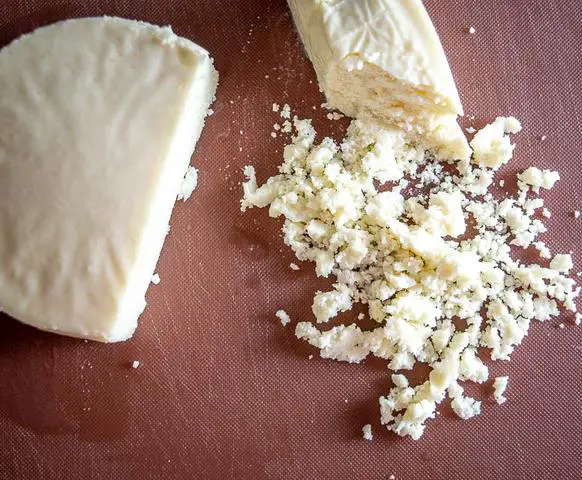
Queso fresco cheese can sometimes be difficult to melt due to its unique properties. Unlike other cheeses that become creamy and smooth when melted, queso fresco tends to clump or become stringy in texture. This is because it is a fresh cheese made from curdled milk, rather than a aged or processed cheese. The lack of aging and processing results in a lower moisture content and less fat, which affects its melting ability.
Another factor that can contribute to queso fresco not melting properly is the heating method used. Simply heating the cheese by itself in a pan will not yield a creamy consistency. Instead, it is recommended to melt queso fresco with other ingredients such as milk or evaporated milk, which helps create a smoother texture. Additionally, using low heat and continuous whisking during the melting process can help achieve better results.
If you are still experiencing difficulty in melting queso fresco, there are some troubleshooting tips you can try. Grating or shredding the cheese before melting it can help ensure even heating and quicker melting. Adding small amounts of milk or evaporated milk while heating the cheese can also help thin it out and create a more homogeneous mixture. Lastly, cooking the queso fresco for a longer period of time may be necessary as this type of cheese takes longer to melt compared to others.
Frequently Asked Questions
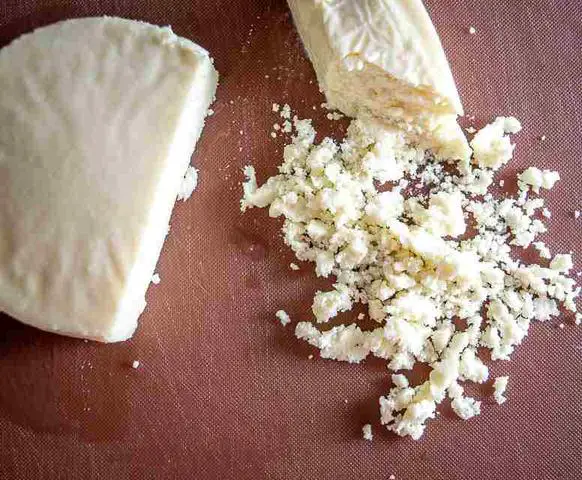
Can queso fresco be melted?
Yes, queso fresco can be melted. While it may not melt like other cheeses and have the same creamy consistency, with some finesse, you can achieve a smooth texture. It can be melted on the stove or in the microwave, but it is important to watch it closely to prevent burning.
What are some ways to melt queso fresco?
There are two main ways to melt queso fresco for a smoother mixture. One method is melting it on the stove, where you can whisk it and add evaporated milk to help create a cohesive mixture. The other method is using the microwave, heating the cheese in intervals and stirring in between until fully melted. Both methods require patience and attention to prevent burning.
Is queso fresco similar to mozzarella?
No, queso fresco and mozzarella are not the same. Queso fresco has a slightly tangier flavor compared to mozzarella, which is milder. Mozzarella also melts better than queso fresco.
What is the best Mexican cheese for melting?
When it comes to melting Mexican cheeses, two options stand out as the best choices: Oaxaca cheese and Queso Blanco. Oaxaca cheese, similar to Monterrey Jack, is a semi-hard cheese that melts beautifully. Its creamy texture and mild flavor make it perfect for quesadillas, enchiladas, and other melted cheese dishes. Queso Blanco is another popular choice for melting. This cheese is a favorite in many Mexican restaurants and is used in queso dips, sauces, and more. It has a slightly tangy flavor and melts smoothly, making it ideal for all kinds of recipes.
While Queso Fresco can also be melted, it doesn’t have the same creamy consistency as Oaxaca cheese or Queso Blanco. However, if you’re looking for a slightly tangier flavor profile, crumbled queso fresco can still be used on top of pizzas or melted into dishes like tacos or salads. It adds a unique burst of flavor to any meal.
In summary, if you’re looking for the best Mexican cheese for melting, Oaxaca cheese and Queso Blanco are your top choices. They both melt beautifully and have delicious flavors that complement a variety of dishes.
Is queso fresco the same as mozzarella?
No, queso fresco is not the same as mozzarella. While both are types of cheese, they have distinct differences in flavor and melting properties. Queso fresco has a sweet subtle milky flavor with a hint of tang, while mozzarella is milder in flavor. Additionally, mozzarella melts better than queso fresco. When melted, mozzarella becomes creamy and smooth, while queso fresco may clump or become stringy in texture.
Queso fresco and mozzarella also differ in their usage. Queso fresco is commonly crumbled on top of food or melted and mixed into various recipes. It is a versatile cheese that can be enjoyed in tacos, salads, pizzas, or as a dip. On the other hand, mozzarella is often used for melting purposes in dishes like pizza, lasagna, or pasta.
In summary, while both queso fresco and mozzarella are delicious cheeses with their own unique qualities, they are not interchangeable due to their differences in flavor and melting characteristics.
Can you put queso fresco on pizza?
Yes, you can put queso fresco on pizza. Queso fresco is a versatile cheese that can add a unique flavor to your pizza. You have two options for using queso fresco on pizza – you can crumble it on top before baking, which will result in little warm clumps of salty cheese, or you can sprinkle it on top of your hot pizza after it’s done baking for a burst of flavor.
Queso fresco has a slightly tangy taste and crumbles well, making it a great option for adding some extra depth to your pizza. It pairs well with other toppings like vegetables, meats, or even other cheeses. Whether you choose to melt it or keep it in its crumbled form, queso fresco can be a delicious addition to your homemade or store-bought pizza.
Conclusion
In conclusion, queso fresco is a versatile cheese that can be melted despite its crumbly texture. While it may not melt as smoothly or become as creamy as other cheeses, such as monterrey jack or American cheese, queso fresco can still be melted to create delicious dishes. It is important to note that the melting process for queso fresco requires some finesse and may need additional ingredients, such as milk or evaporated milk, to achieve a smoother texture.
There are two main methods for melting queso fresco: on the stove and in the microwave. Melting it on the stove allows for better control and prevents burning, while using the microwave requires close supervision to avoid overcooking. Additionally, adding other cheeses and ingredients like milk can help create a more cohesive mixture when melting queso fresco.
Overall, while queso fresco may not have the same melting properties as other cheeses, it offers a unique flavor profile that adds a tangy and slightly salty taste to various dishes. Whether crumbled on top of tacos or melted into a cheesy dip, queso fresco is a delicious addition to Mexican cuisine.
In conclusion, melting queso fresco is a simple and delicious way to enhance your culinary experience. Whether used as a topping or a filling, the creamy texture and mild flavor of melted queso fresco adds depth to various dishes. From tacos to quesadillas, this versatile cheese brings a distinct Mexican touch that will surely satisfy your taste buds. So why not give it a try and elevate your next meal with the delightful melting queso fresco?
Learn More About Grilling
If you want to learn more about grilling, check out these other helpful resources!

